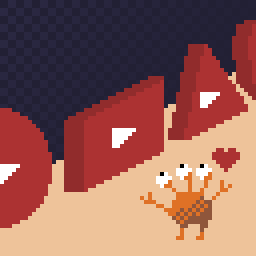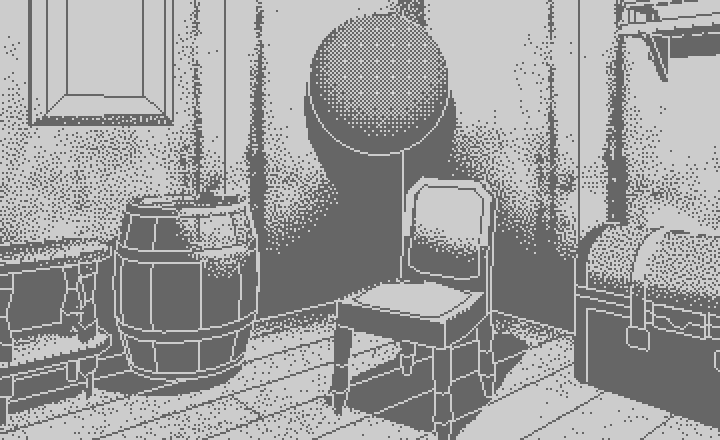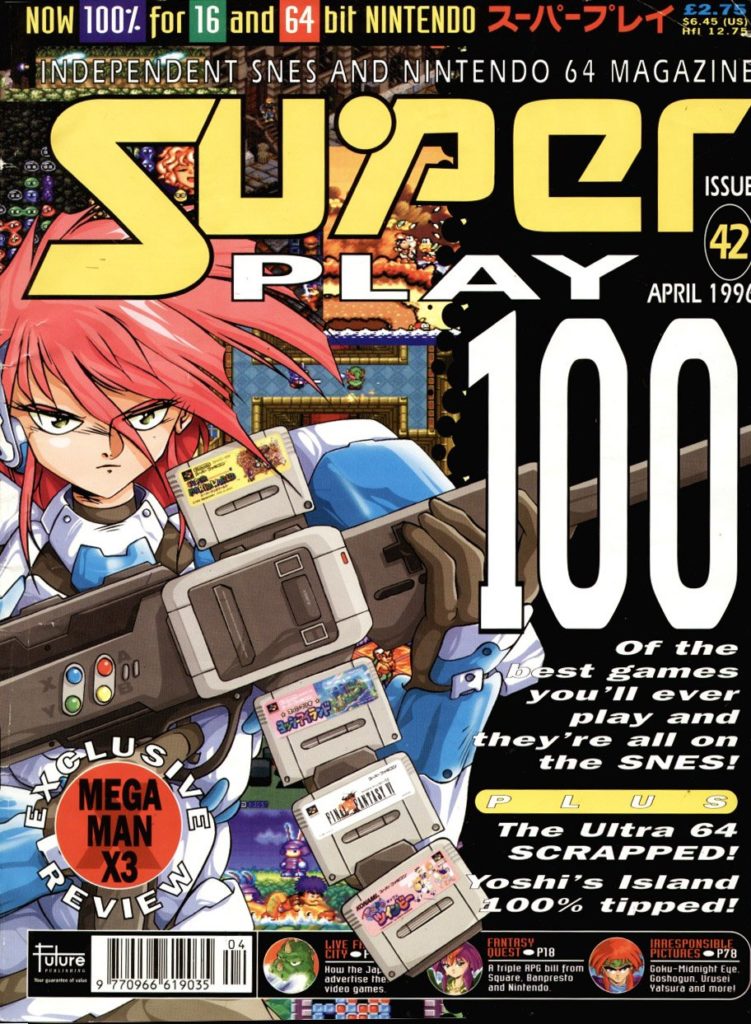Lists of the best games for various platforms has been a fixture on the internet since it was opened up to the general public. Every big gaming site, those still with us and those gone (R.I.P. Joystiq) feel the urge to make them periodically. After all, they combine several popular article themes: they’re listicles, they’re about video games, and they make definite-seeming yet inherently subjective statements about things that geeks have over-strong opinions about. They’re the ideal hit-getters for pop culture sites really, whether they focus on games or not.
Even in print, these lists weren’t rare things. Super Play Magazine, from the UK, did such a list in April of 1996, which was reproduced in HTML text by the site RVGFanatic in 2010.
Why would such a list interest us now? Well, most of these lists have a strongly US-focused vibe, and the UK had a somewhat different scene than we (me being American) did. So there are a number of very interesting games on the list that generally don’t appear in other places, including a few Japanese ones. And they included SNES Rampart, so I’m automatically kindly disposed to it.
Of particular note, besides Rampart: three Parodius entries, two Micro Machines games, Pop’n Twinbee, Cool Spot, Samurai Spirits, Hebereke’s Popoitto, Spike McFang, SNES Side Pocket, Xandra’s Big Adventure, Pugsley’s Scavanger Hunt, NFL Quarterback, World League Basketball (made by HAL!), The Chaos Engine, Street Racer, Super Smash T.V., Lemmings II: The Tribes (but not Sunsoft’s excellent SNES port of original Lemmings?!), Sensible Soccer, R-Type III, U.N. Squadron, SNES Civilization, Out To Lunch (I hadn’t even heard of this before!), Mickey’s Magical Quest, Cannon Fodder, Plok (the Pickford Bros. rule) and Equinox (also Pickford-made, and also highly underrated).
Super Play Magazine’s Top 100 SNES Video Games (RVGFanantic)





